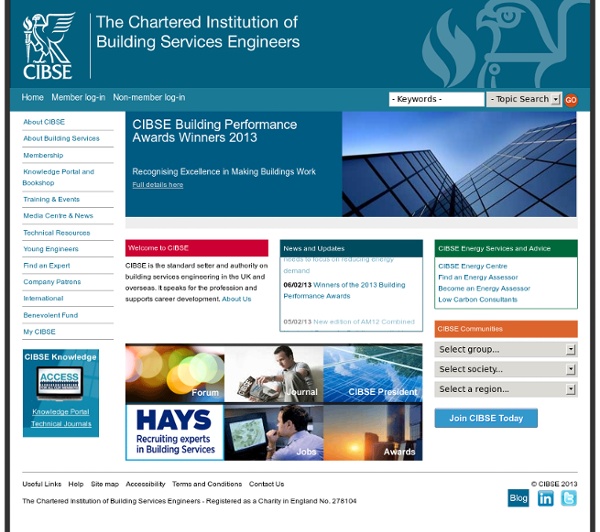



How to measure the ROI of LEED Editor's Note: To learn more about the financial implications of LEED buildings, be sure to check out VERGE@Greenbuild, November 12-13. Owners considering LEED certification for their buildings often ask what level of financial return they can expect for their investment in green products and services. This starts with a measurement of costs. Owners should be certain their LEED consultant is able to audit their buildings and accurately calculate the cost of obtaining various levels of LEED, including both the implementation of improvements and the cost of the certification process itself. Estimating the financial gain is a trickier process, as market variables and qualitative benefits enter the equation. The cost of LEED The most commonly cited studies on the incremental cost of LEED come from international construction company Davis Langdon, which compared fit-outs and renovations in LEED and non-LEED buildings. Why would Silver certification cost more than Gold?
Engineering Council - recognising professional excellence - Engineering Council Home Green Globes Life Cycle Assessment Features: The Green Building Initiative Green Globes offers a practical and objective approach to resource evaluation and materials selection during new construction and major renovation of commercial buildings. Internationally, Life Cycle Assessment (LCA) is the most widely accepted method for materials selection, largely due to its research-based approach in evaluating environmental impacts. In contrast to the LCA method is the use of exclusionary or “de-selection” lists driven by non-systematic or single attribute approaches to materials selection—approaches that could result in less sustainable selections. Green Globes provides two paths for product selection in its New Construction environmental assessment program: the LCA method and a multiple attribute approach. For the LCA “Performance Path,” each product type is evaluated and benchmarked against five major indicator criteria: Embodied Energy, Global Warming Potential, and Effects on Land, Air and Water. Performance Path: Life Cycle Assessment LCA Resources
Welcome Performance results of registered lift and escalator contractors The Electrical and Mechanical Services Department (EMSD) announced the performance results of registered lift and escalator contractors for the past 12 months (i.e. from January to December 2013). The EMSD together with the Lift and Escalator Safety Advisory Committee have completed a review of the Contractors' Performance Rating scheme. EMSD makes use of a new Star Rating System to present the safety and services quality performance of contractors, based on the inspection results of the past 12 months, for public reference. Besides, to facilitate the public to understand the performance of registered contractors, the user can select the name of any registered contractor on the webpage for immediate access to its information regarding the last CPR results, reported equipment fault incidents, warning letters issued to the contractors, records of prosecution and disciplinary cases.
Institution of Civil Engineers - Career prospects When deciding on the kind of job you want to do as a profession, it’s important to think about the opportunities you’ll have to be successful in your career. ICE has put together some questions you should ask about civil engineering: How much would I get paid? Civil engineers can earn anywhere between £20,000 and £80,000. Imagine that! You salary is likely to start around £20,000 and increase as you gain more experience and become professionally qualified. back to top Can I work abroad? There are projects all over the world that need civil engineers. Projects abroad aren’t all well known. ICE can help you become a professionally qualified civil engineer with a qualification that’s highly recognised qualification around the world! Do civil engineers work on site all the time? No. It is important that civil engineers check the work that is being done and ensure that everything is on plan and within the budget laid out at the start of the project. Can my careers advisor help me?
BizEE Software Ltd - Business Energy Efficiency Software Chemical Engineering Building Energy Modeling: An ASHRAE Certification Study Guide | ASHRAE Store While the best teacher of best practices is hands-on work experience, even the most seasoned professionals may want additional resources to support their knowledge bases. Building Energy Modeling: An ASHRAE Certification Study Guide supplies this additional information by delineating for practitioners the current editions of standards and other references necessary for building energy modeling and assists in preparation for ASHRAE's Building Energy Modeling Professional (BEMP) certification. As interest in building sustainability has increased, so has interest in energy modeling as a tool for achieving building energy savings. ASHRAE recognizes the importance of energy modeling to the processes for designing, building, operating, and maintaining buildings and facilities and thus has attempted to create a comprehensive package of resources that includes publications, educational courses, and a certification program. Citation: ASHRAE Book
Argonne TTRDC - TransForum v10n1 - How Green is Your Grid The carbon impact of the millions of electric vehicles that may soon hit the road will depend on the electric grids that supply them. The odds are that your batteries won’t be recharged with solar or wind energy. In most places, grid power will come from the burning of fossil fuels, which generate their own emissions. So the question really is: “If you power a vehicle with electricity from the grid rather than with fuel from the tank, is that better or worse for the environment, particularly with respect to greenhouse gases like carbon dioxide?” How do you compare a PHEV (plug-in hybrid electric vehicle) that can recharge from wall current against a conventional gasoline car that consumes, say, 9.4 liters per 100 kilometers (25 miles per gallon)? March 2010